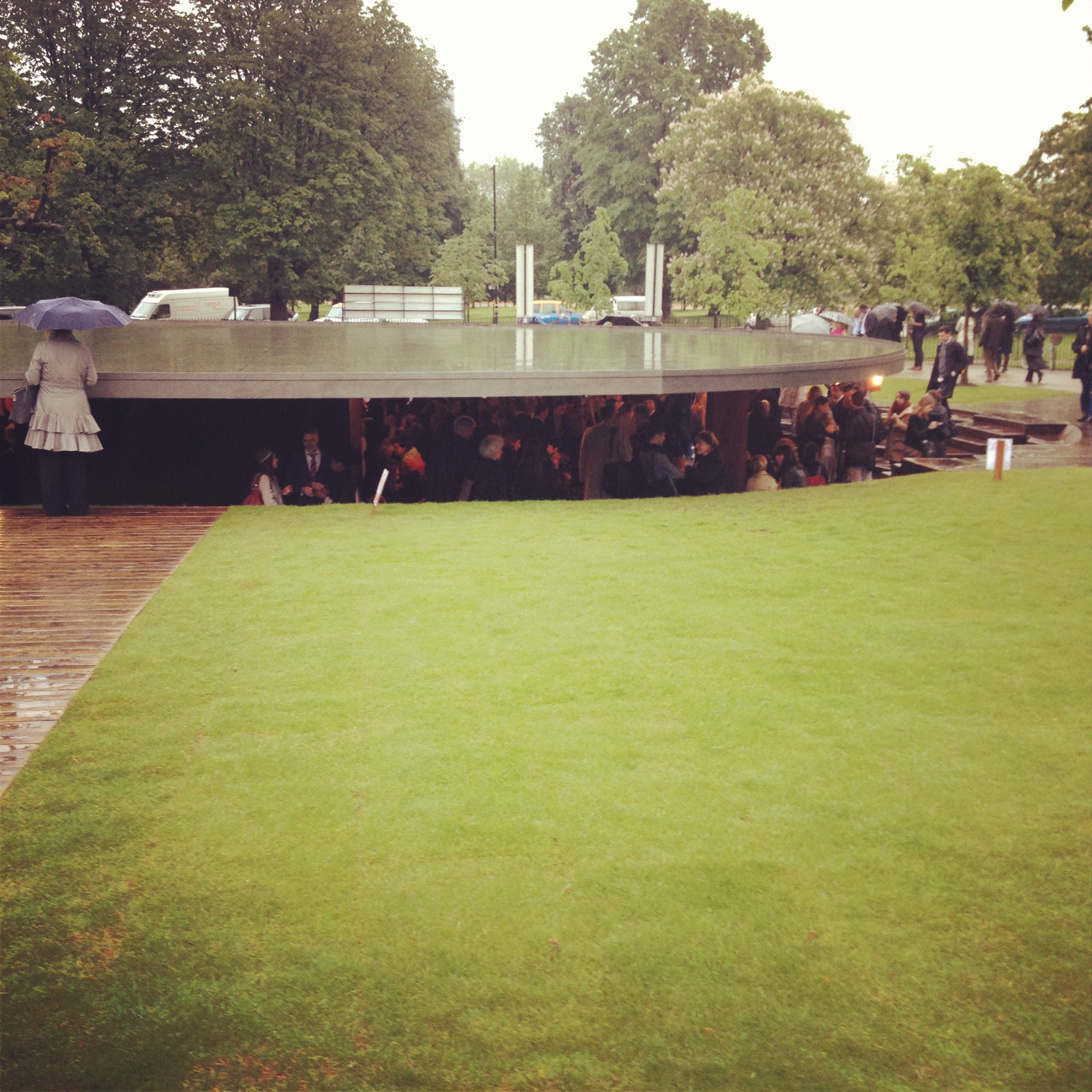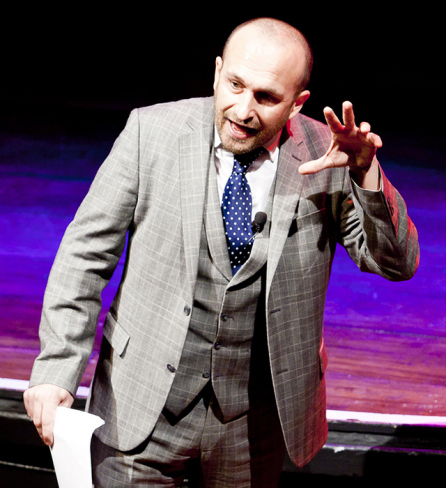Building a Brand - Part I (Philosophical Pre-amble)
Await Part II to read about the talks themselves and the valuable advice of Susie Willis founder of Plum Baby Food, George Olver, founder of Pendragon Productions and Monique Drummond, Senior Partner of Relish Research.
To brand something is to mark it with hot metal. Initially, that was meant literally: you branded sheep and sheep thieves. Only in 1827 did the dictionaries recognise that 'brand' had acquired the second meaning of a mark of goods. I wonder if mankind began branding things before making promises. My idea is that you can think of brand as a (visual) promise or guarantee: it is more than the product, it is about the identity of those responsible for putting it together. No secret in our case!

When did we begin making marks and why? Placing a mark on an object can be a possessive act, to show that a certain object belongs to you. Or it can serve as a memory aid, to show that something has qualities which are important beyond immediately visible ones. A sheep from a particular field gets branded so you know where it lives. And marking things might also be used to assert one's identity – like a dog marking its patch. That is a statement of possession too, but not really of ownership, it is more like: 'I live here – me! Beware of me, and maybe consider me romantically.'
Marking things no doubt pre-existed promising. But at some point, our ancestors started to mark things to signify that they had made it – a primitive promise that the thing was made by such-and-such a person, and therefore well-made (like the mouse on a piece of Mouseman furniture that testifies that it heralds from the Mouseman workshop in the Yorkshire Dales).
 When somebody says 'I promise to do it', it means roughly that they'll do it. Obviously that's not quite right, because they might break the promise, but that doesn't change the fact that they did make a promise. Perhaps saying 'I promise to' is the same as saying 'I intend to'. That is closer, but again not quite right because you reprehend people who break promises, and not those that go back on their declared intentions. It is more shameful to break a promise than to change your mind. Maybe you could say that a promise is a form of sombre declared intention. When you make a promise, your honour is on the line. You intend something, but you back that intention with the weight of your self respect. That is my idea of a brand: firstly, “this is what we'll provide you with” (this pledge can be subtle and qualitative as well as straight-forward and quantifiable: our product is durable, has a long battery life, cost £10 but...is also sexy and for clever people and it feels vaguely Scandinavian. It will make you feel like a big dog). Secondly, the brand says “this is who we are”. It's a bit like the dog peeing: this is what I'll do, this is who I am.
When somebody says 'I promise to do it', it means roughly that they'll do it. Obviously that's not quite right, because they might break the promise, but that doesn't change the fact that they did make a promise. Perhaps saying 'I promise to' is the same as saying 'I intend to'. That is closer, but again not quite right because you reprehend people who break promises, and not those that go back on their declared intentions. It is more shameful to break a promise than to change your mind. Maybe you could say that a promise is a form of sombre declared intention. When you make a promise, your honour is on the line. You intend something, but you back that intention with the weight of your self respect. That is my idea of a brand: firstly, “this is what we'll provide you with” (this pledge can be subtle and qualitative as well as straight-forward and quantifiable: our product is durable, has a long battery life, cost £10 but...is also sexy and for clever people and it feels vaguely Scandinavian. It will make you feel like a big dog). Secondly, the brand says “this is who we are”. It's a bit like the dog peeing: this is what I'll do, this is who I am.
Review...to follow!




 Email Article
Email Article